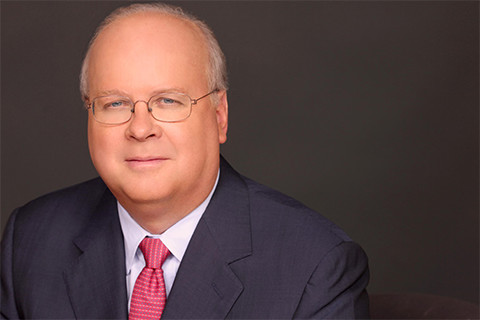

“But the guy who’s got the megaphone in the room has not been pursuing that? He acknowledges, though, that the candidate with the biggest megaphone, Donald Trump, is not among those voices. And all of them have been pushing that in their own quiet ways."

These are most of the major characters who have said, in order to win the 2016 presidential election, we need to get into our camp people who have not normally voted for us whether they be Asian Americans or Latinos or African Americans or young people.

You have a John Kasich and a Chris Christie. Rove insists, many in the crowded GOP field today understand that -even if front-runner Donald Trump does not. "He does that by taking on the big issues and finding a way to craft messages about them, to craft language about them, that allows him to draw people to him.” So McKinley is a modernizer.”Ī modernizer, Rove says, who knew how to capitalize on the changes. Many from parts of the world that had not been sources of big migration before like Central and Southern and Eastern Europe. “McKinley understood the changing demography of the country included a lot of people who were Catholic, urban industrial workers.

McKinley mapped out an early Southern strategy and hired a young political whiz named Gerald Dawes to swing Illinois his way.īut more important than anything else, Rove argues, McKinley understood what was happening to America. Cleveland industrialist Mark Hanna developed a system to encourage large campaign contributions. McKinley’s front porch extended well beyond Canton thanks to a media campaign. (Plus Ida liked having him close to home a lot.)ĭownstairs, as he signs more than 100 copies of his book, “The Triumph of William McKinley: Why the Election of 1896 Still Matters,” Karl Rove acknowledges it’s more complicated than that. People got to know him and like him - and his plans for America. Upstairs at the McKinley Presidential Library, the animatronic Bill and Ida McKinley map out a pretty simple version of his 1896 campaign.


 0 kommentar(er)
0 kommentar(er)
